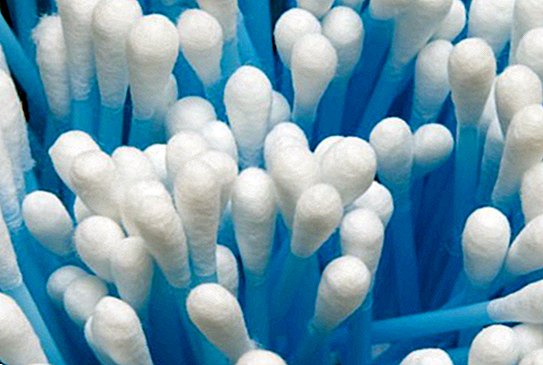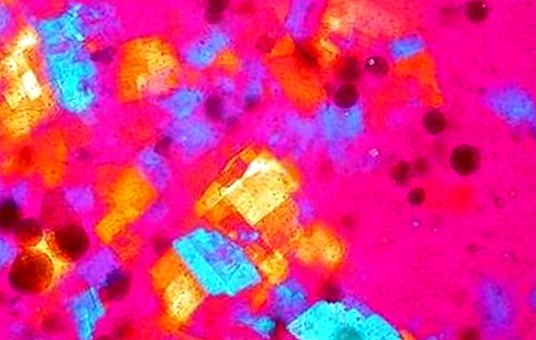Prevenar 13: vaccine against pneumonia. What is it, when does it start and side effects?
Pneumonia is inflammation of the lungs caused mainly by the infection of a virus, or also by a bacterium (they are not the only causes, since it can also be caused by parasites and fungi). However, it is true that Most cases of pneumonia are caused by viruses, especially rhinovirus, adenovirus and influenza virus (influenza).
Its symptoms are diverse, although the most common tend to be intense pain that is located on the side of the chest where the infection has occurred, expectoration, cough, high fever and chills. 
Although pneumonia was once considered a dangerous disease, nowadays when a child gets sick tends to recover with some ease, and also without sequelae, being able to make an absolutely normal life. However, can become complicated and cause serious consequences in the small, can produce a pleural effusion (accumulation of fluid between the layers of tissue lining the lungs).
On the other hand, it is also a disease that can be prevented since children are small by a new vaccine, known by the name of Prevent 13.
What is Prevenar 13? What is this vaccine?
This vaccine receives this peculiar name because, from a medical point of view, it is a vaccine for 13 types of pneumococci, which offers greater security to the smallest of the house by immunizing them against thirteen types of pneumococci, causing not only pneumonia, but also otitis and meningitis.
We could say that it is an improved version of the classic Prevent, since in fact this first vaccine only immunized against 7 pneumococci (instead of the current 13).

How are the doses? How often are they put?
The Prevenar 13 vaccine is given in four doses to children from 2 to 24 months (that is, between 2 months to 2 years of age). It is usually distributed as follows:
- The first dose: It starts at 2 months of age.
- The second dose: It starts after 4 or 5 months of life.
- The third dose: It gets to 6 or 7 months of life.
- The fourth and last dose: It is between 12 to 24 months.
It is placed quickly and easily in a superficial way by a slight puncture, and highlights for being a vaccine generally well tolerated by babies, by not producing local or general adverse effects.
It is, as we see, a very important vaccine based on the clear results obtained in those Autonomous Communities where children were massively vaccinated with them: there was a reduction of 72% in cases of bacteremic pneumonia, 54% of meningitis and 45% of empyema.
Side effects after putting Prevenar 13
As indicated above, we have a vaccine that is usually well tolerated by most babies. But, as with all vaccines, some side effects may occur, although the normal thing is that it does not happen.
In the case of Prevenar 13 there may be a little fever or a little fever few hours after the administration of the vaccine. Reactions may also occur at the injection site, such as swelling, pain and redness.
Other adverse effects may occur, such as irritability, decreased appetite, and drowsiness.
How much?
Until 2016, parents who would like to vaccinate their babies with Prevenar 13 (as it is an optional and not mandatory vaccine), had to pay 75 euros for each dose, so that the four doses reached 300 euros. 
But nevertheless, since January 2016 the Prevenar 13 vaccine forms part of the state immunization schedule, to be finally introduced by the Ministry of Health, so it does not present any kind of cost for babies born after that date.
In these cases, the vaccine becomes 3 doses: It will be at 2, 4 and 12 months. The reason? According to the experts, since it is a universal vaccination, 3 doses would apparently be enough because there are more children vaccinated. This article is published for informational purposes only. You can not and should not replace the consultation with a Pediatrician. We advise you to consult your trusted pediatrician.


